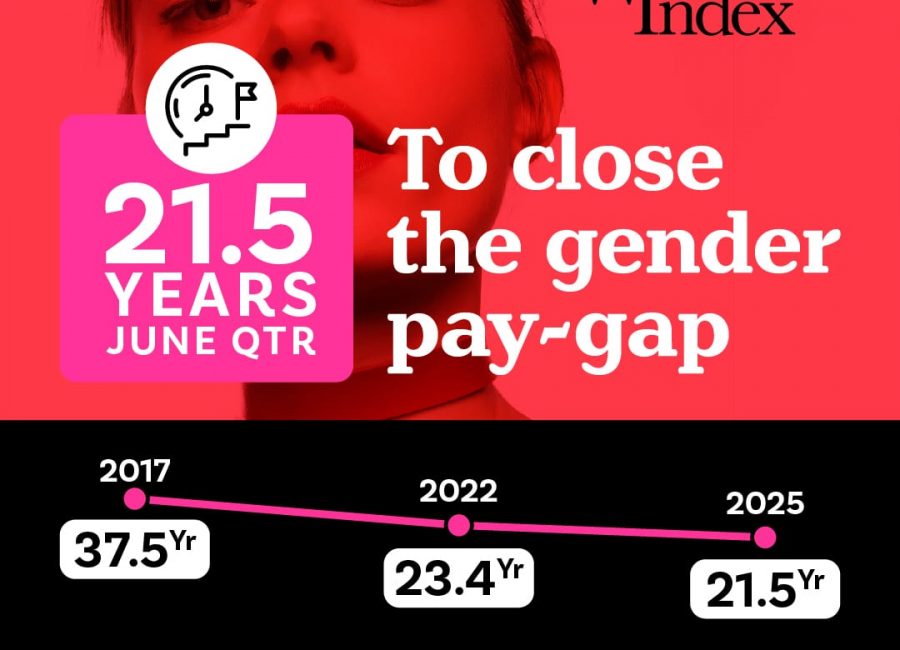From Kayla Itsines to Lorna Jane, there’s a global female fitness movement growing every day, with women inspiring and empowering each other to live an active and healthy lifestyle.
We’ve compiled a list of the top female fitness trends in 2017 – including things you can claim back from your health insurance company.
1. Wearable technology
Looking for an accountability partner who won’t say “I don’t want to go running with you at 5am”?
Savvy women are now turning to their smartwatch, activity tracker, heart-rate monitor, GPS tracking device, or smart glasses to get them moving.
Some health insurers offer free fitness trackers if you sign up for hospital and extras combined cover – so shop around if you’re looking to switch health insurance companies.
As a bonus, if you use your smartwatch for work, then you might be able to claim a tax deduction for part of the depreciation.
2. Body weight training
Body weight training uses your own body weight for resistance training, so you need minimal equipment and you can work out at home or in the park which is effective and inexpensive.
This type of training helps rebuild muscle against the wear and tear as we age.
It’s also good for improving your cardio health, mood, and metabolism.
3. Exercise as medicine
Exercise is Medicine Australia is the Australian branch of a global health initiative focused on encouraging doctors and other healthcare providers to include physical activity when designing treatment plans for patients.
If your doctor puts you on a health management plan to lose weight, improve your health, or manage a chronic disease, your health insurance may be able to help with the cost.
Some health insurance companies let you claim some of the cost of sessions with a personal trainer, a gym membership, group exercise classes, or even yoga or Pilates.
4. Personal trainers
Don’t have iron willpower when it comes to exercise?
Personal trainers can hold you accountable while they help you perfect your technique to reach specific fitness goals like losing weight, building muscle, or strengthening your core.
Trainers give you access to up-to-date fitness information.
Personal trainers who work for gyms or fitness centres are usually required to keep up with their certification and professional development.
Anyone can hang a “personal trainer” sign on their door – so be sure to choose a professional who is certified and accredited.
5. Smartphone exercise apps
Don’t want to fork out hard-earned cash for the gym?
There are a bunch of free fitness apps available these days that include audio and visual tutorials to run your workout for you.
You can use the apps to post your progress with hashtags, to help you keep motivated and inspire your friends to do the same.
6. Exercise for weight loss
What you eat and how you work it off go hand-in-hand when it comes to a proper weight loss program.
Health and fitness professionals are increasingly integrating exercise routines to caloric restriction to help clients control their weight.
If your doctor recommends a weight management plan, ask your health insurer about claiming the cost of an exercise program.












